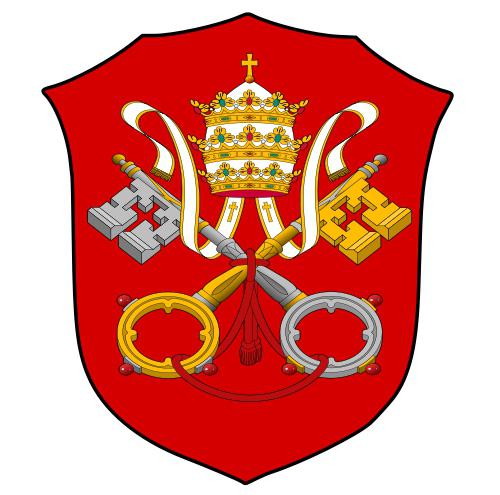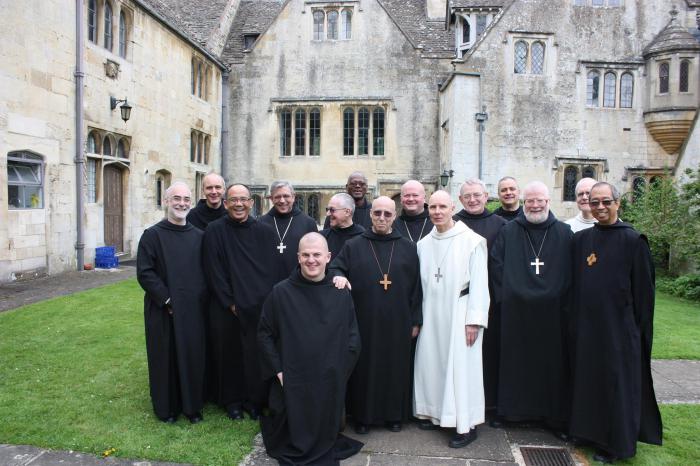The Catholic Church is an incredibly large organization. At its head is the Pope, who, according to the doctrine of this church, is the successor of the Apostle Peter and in this capacity performs the ministry of the viceroy of Jesus Christ on earth. Under its spiritual leadership, the papal throne unites about a billion and a quarter people. Therefore, it can be stated with confidence that Catholicism is the world's largest religious denomination. In addition, the Pope is the secular ruler of the sovereign city-state of the Vatican, located in Rome.
Of course, to manage all these structures the successor to the supreme apostle is helped by a powerful administrative resource, which is divided into various commissions, departments, councils, administrations, tribunals, secretariats and congregations. That's what congregation is, and this article will be discussed.
Roman Curia
First, in order to have a clear idea of the system of papal administration, you need to find out what the Roman Curia is. This is the central and highest authority, which on behalf of the Roman pontiff (one of the titles of the Pope) manages the church and the Vatican. Since the papal state is theocratic in nature with a monarchical form of government, the curia cannot be compared with the Duma or parliament. It’s just an administration that supervises all the administrative and religious affairs of the church and the Vatican at the highest level, as well as mediating between the Pope and the rest of the world.
The congregation in this system plays the role of the head department for a particular range of issues - this is the main meaning of this term in the framework of the Catholic world. Its additional semantic load will be discussed below.
Congregations of the Roman Curia
A congregation is the highest administrative unit in the curia. There are several of them and other, smaller units and departments are accountable to them. For the first time they appeared relatively late - in the sixteenth century in the amount of fifteen pieces. Over time, the bureaucratic apparatus of the church has grown to twenty congregations. Reorganization ensued in 1908 when Pope Pius X reduced them to twelve. And half a century later, Pope Paul VI, reforming the church’s management system, left only nine. That is how many of them exist in our time.

From the moment of its appearance to the reform of John Paul II, each congregation bore the official title of “sacred”. One of them most clearly entered the history of Europe in connection with the witch hunt and the persecution of heretics, becoming to some extent a household name. We are talking about the famous Inquisition, which, incidentally, still exists. Today it is officially called the Congregation for the Doctrine of the Faith. Of course, today the methods of her work have changed somewhat, and all the instruments of torture and biased inquiries have long been dismantled in the dungeons of the institutions under her jurisdiction. Nevertheless, this is the main congregation, having weight over all others. The modern Inquisition is engaged in matters of religion and morality. Her mission is to maintain the purity of Catholic teaching on religious issues and to suppress unhealthy tendencies in the church to revise the doctrine of faith and moral principles.
Monastic Congregations
As already mentioned, the concept of "congregation" is not exhausted in the dictionary of Catholic terminology by the departments of the Roman Curia alone. Church law knows another definition of this term. According to him, a congregation is a monastic organization that does not have the status of an order. Initially, such monk communities practiced their own charter without the official approval of the pope. They also differed in the nature of their vows. The fact is that monastic vows in the Catholic Church used to be divided into simple and solemn. The latter were brought only by members of regular orders, and the congregations were content with the usual format. This separation was later reversed, but some other differences remained. Thus, the number of congregations is relatively small, and their members serve primarily in the world, and not outside the walls of the cloisters.

How many congregations exist is hard to say. There are a lot of them and their number is constantly changing due to the closure of the old, the initiation of new ones, the merger and separation of existing ones. There is even a joke in the Catholic community on this subject: even God does not know three things — how much money is given to the mendicant orders, what the Jesuits are up to, and how many monastic organizations and congregations exist in the Catholic Church.
Plus, before, this term was used to refer to semi-monastic or lay communities, which assume certain obligations. Later they received the name of the societies of apostolic life.
Congregations in Protestantism
However, the word "congregation" is not the monopoly property of the papal administration and the monks. Outside the Catholic Church, in the Protestant Church, this term is also known. But in the ranks of churches independent of the Vatican, he has slightly different connotations. According to established terminology, the meaning of the word “congregation” is a local community of believers. Such a community includes both laity and clergy. A feature of the congregation is its complete administrative and religious independence from anyone. This form of church organization was called Congregationalism, which is also the name of a specific Protestant denomination that adheres to this principle in its life.
Secular meaning of the term “congregation”
In conclusion, we must say about the secular semantics of this word. And here we will have to remember England and its famous universities, in the framework of which an academic meeting is periodically convened to solve certain problems. A congregation is such a meeting, which has the status of an advisory body to the leadership of an educational institution.